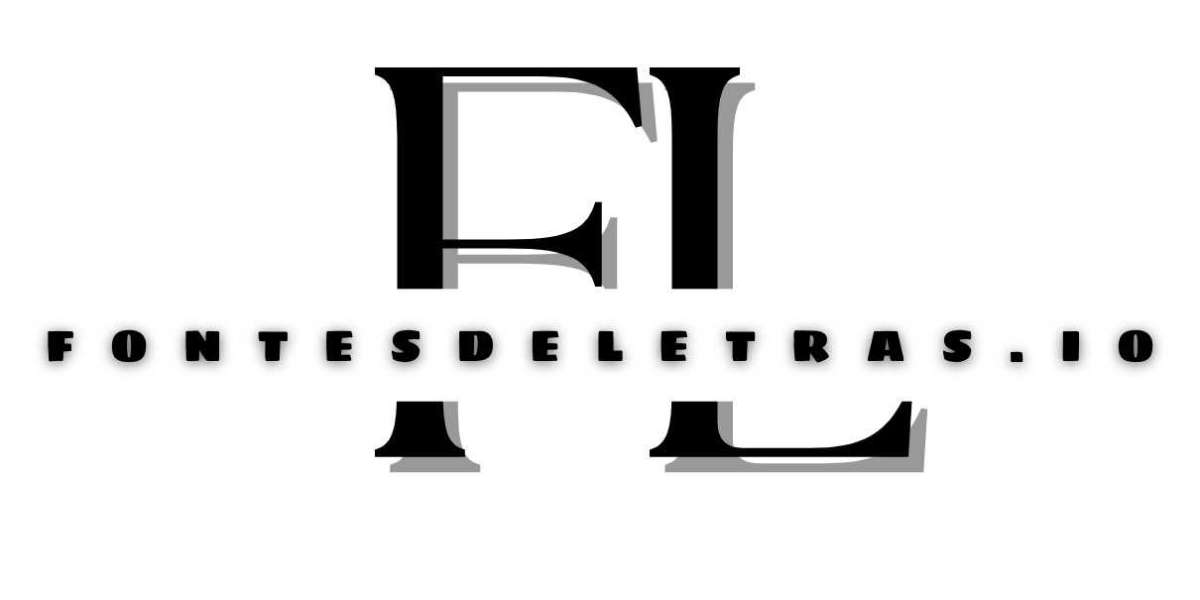Although pain is a common human emotion, there are cultural differences in how it is felt, expressed, and dealt with. Cultural perspectives on pain influence how people communicate their symptoms, seek care, and react to interventions, all of which have an impact on how they perceive and manage pain. Healthcare providers must be aware of these cultural differences in order to effectively manage pain and enhance patient outcomes. The variety of cultural viewpoints on pain and its effects on healthcare are examined in this article.
The Subjectivity of Pain
Due to a combination of biological, psychological, and social variables, pain is essentially subjective. Culture shapes people's attitudes, beliefs, and behaviors toward pain, which adds another level of complexity. The way that pain is viewed, communicated, and dealt with in a culture is determined by cultural norms. These standards cover a broad spectrum of elements, such as social hierarchies, language, religion, and customs.
Cultural Aspects in the Perception of Pain
Cultural influences have an impact on how people experience and understand pain. For instance, stoicism is admired in some cultures, and people may conceal their suffering in order to not come out as helpless or burdensome. Some cultures, on the other hand, could promote expressing one's grief aloud in order to win over others' empathy and support. Due to these cultural differences, there may be miscommunications and inequities in care when patients tell medical professionals about their pain sensations.
Perceptions of the severity and importance of pain are also influenced by cultural ideas regarding the causes and origins of the condition. For example, pain is frequently understood in traditional Chinese medicine to be an imbalance of qi, or life energy, in the body. Treatment methods that try to relieve pain and restore balance, including acupuncture and herbal medicines, are influenced by this viewpoint.
Pain Expression in Different Cultures
Cultural norms have an impact on how people express their pain in different ways. Body language, vocalizations, and facial emotions related to pain can differ greatly amongst cultures. For instance, people may exhibit and voice their anguish more openly in some cultures than others, while they may repress visible signs of distress in others. These variations may influence how others view suffering, as well as the degree of empathy and assistance that is offered.
Moreover, the relevance and meaning attributed to pain displays can be influenced by cultural influences. In societies that value the group's welfare over the demands of the individual, expressing discomfort could be viewed as disruptive or self-serving. On the other hand, there might be more acceptance in individualistic cultures for people to voice their distress and ask for tailored assistance and care.
Coping Mechanisms and Cultural Beliefs
Coping mechanisms and help-seeking tendencies are influenced by cultural perspectives toward suffering. Certain cultures value traditional methods of healing over biological ones, such as massage, herbal remedies, and ceremonies. Because people may be more likely to adhere to behaviors that are consistent with their cultural ideas and values, these cultural preferences may have an impact on treatment adherence and outcomes.
Treatment choices are also greatly influenced by cultural perceptions of painkillers and medical professionals. People may be reluctant to seek medical attention for pain in cultures where there is mistrust of Western medicine or worry about the negative consequences of drugs. Effective pain management requires addressing these cultural issues and fostering a relationship of trust between patients and healthcare professionals.
Cultural Competence and Healthcare Disparities
Inadequate pain management and healthcare inequities may result from a failure to acknowledge and respect cultural differences in the experience and expression of pain. Research has indicated that cultural hurdles and prejudices in the healthcare system put minority groups—including racial and ethnic minorities, immigrants, and refugees—at higher risk of not receiving the proper care for their pain.
To address these gaps and provide patient-centered treatment, healthcare workers must possess cultural competence. Cultural competency entails recognizing and honoring patients' cultural backgrounds, attitudes, and beliefs as well as modifying communication and treatment strategies appropriately. Building trust, improving communication, and improving treatment outcomes are all possible when healthcare providers recognize and validate patients' cultural perspectives on pain.
Techniques for managing pain in a culturally sensitive manner
Healthcare professionals can use a number of tactics to provide pain management that is sensitive to cultural differences:
Cultural evaluation:
Understanding patients' views, values, and preferences about pain and therapy by performing an extensive cultural assessment.
Eliciting patients' pain experiences and concerns using culturally sensitive communication approaches is an effective method of communication.
Including patients in treatment choices and taking into account their cultural preferences and beliefs when creating pain management strategies is known as collaborative decision-making.
Cultural humility is the ability to acknowledge the limitations of one's own cultural perspective while keeping an open mind and a willingness to learn from patients' varied backgrounds and experiences.
Education and training:
To improve healthcare professionals' comprehension of cultural variations in pain expression, perception, and management, cultural competence training should be provided.
Healthcare professionals can enhance the quality of care for a variety of patient populations and more effectively address the cultural aspects of pain by implementing these tactics into clinical practice.
In summary
The way that people perceive, communicate, and manage their pain is greatly influenced by cultural ideas on the subject. In order to effectively treat pain and address healthcare inequities, healthcare providers must have a thorough understanding of these cultural differences. Healthcare professionals can foster better relationships, increase communication, and achieve better treatment results by acknowledging and honoring the cultural ideas, values, and preferences of their patients. A comprehensive strategy that takes into account the medical, psychological, social, and cultural aspects influencing patients' pain experiences is necessary for culturally responsive pain management. Healthcare professionals can better address the varied needs of patients and advance health equity in pain management by providing culturally competent treatment.



